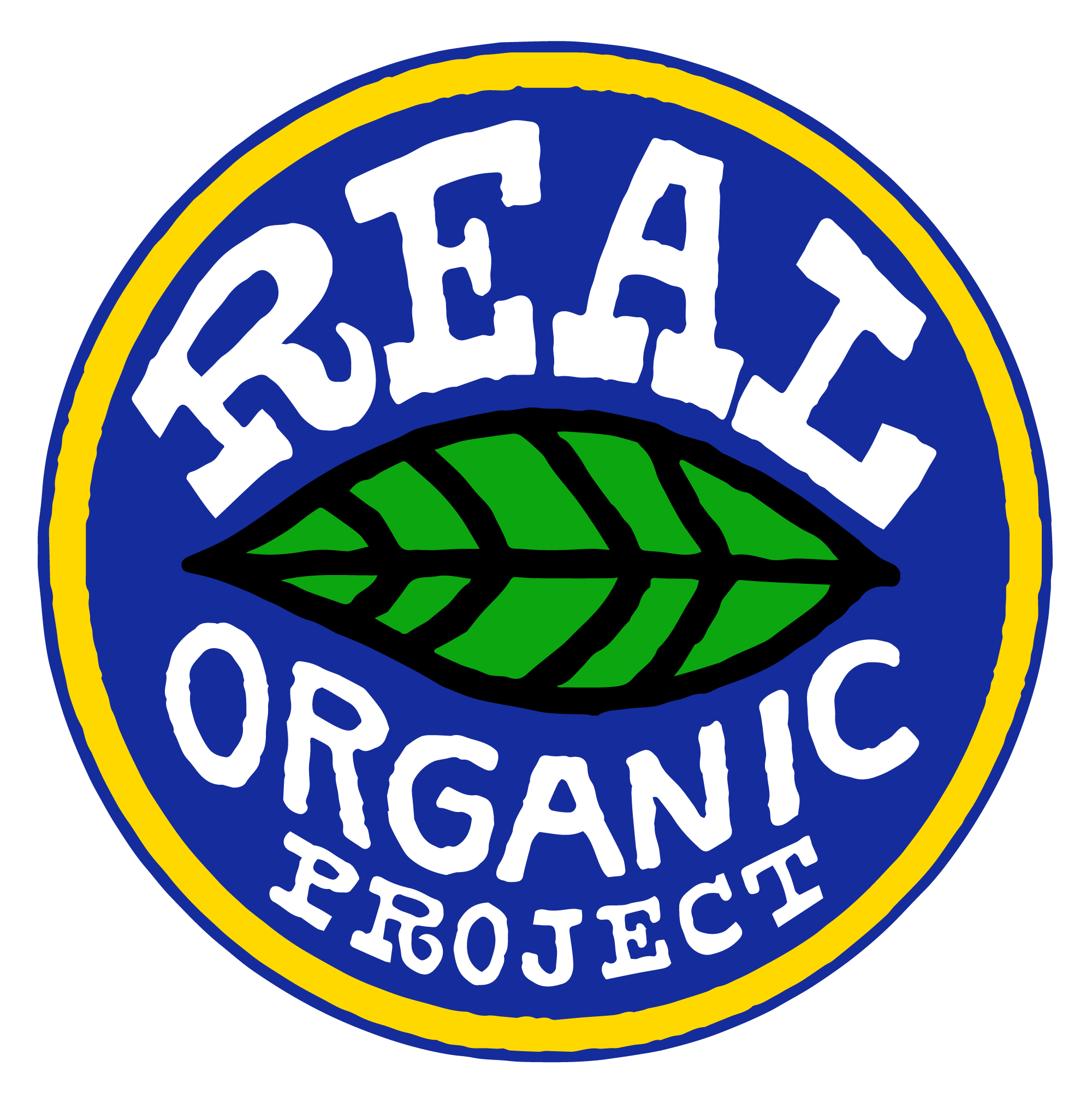Dear Real Organic friends,
In the mid 1990’s Suzi Simard found that nutrients are transferred between the roots of forest trees through their mycorrhizal fungal connections. Her research, published in the distinguished journal Nature, challenged a government policy strategically labeled “Free to Grow” that required herbicide use on “reforested” clear cut land. Under this policy, our tax dollars were funneled to chemical companies to poison our shared land.
The prevailing paradigm was that spraying the understory with herbicides enabled the survival of the monoculture replanting of fir trees – the highest value timber for a future cutting. It was thought that the newly planted fir saplings would thrive if there was no competition from surrounding “weed” species. But Simard was vocal about her observations that reforestation was more successful if the native biodiversity was allowed to stay. As such, she was ridiculed by both the scientific and forestry communities for suggesting that cooperation between species was a greater force than competition in nature. Now, vindicated by many in her field, she is celebrated.
Organic farmers have always observed and intuited what Simard’s data demonstrated – surrounding vegetation not only provides what we call “ecosystem services,” but also can be a friend to neighboring crops. While we don’t want the weeds to dwarf our crops, organic farmers often see weeds for the benefits they bring. Mining nutrients from deep below, enticing pollinators, or confusing pests.

Photo by Larry Petersen, University of Guelph
The intimate connections between the fungal threads of mycorrhizae and their plant host cells.
Simard went on to research what she called “mother trees,” the elders of the forest that feed the neighboring saplings of many different species when they are young and shaded. The organic farming community has many “mother trees” as well. These are the elders with immense knowledge of organic farming systems, their local soils and pests, and that provide help to the youngers, just getting started.
I just returned from farm visits for the Real Organic Project in Montana. The organic movement is strong there, integrity is high. Support and cooperation between farmers is evident. I met several “mother farmers” (elders) that are extending a hand to the next generation, and even more hard working “saplings” (youngers) making a go of it. At the Real Organic Project, we have called these areas, where many small and mid-scale organic farms thrive, “islands of sanity.” They are rich in community, knowledge, shared resources, and real organic food.
In this thriving organic landscape, the failures of the USDA seemed somewhat distant. But, there were signs of its failures nonetheless. Farmers described lower prices, especially in grains, fewer organic dairies, and I noticed certified organic hydroponic cucumbers, tomatoes, peppers and greens imported from great distances on the grocery store shelves, even though local farmers were at “peak season.”
As Hugh Kent said in his podcast interview, the allowance of cheaper practices that don’t adhere to organic principles, actually mandates those practices under the seal. The real organic farmers simply can’t compete.
In Hugh Kent’s podcast, he explains how allowing hydroponic as organic essentially mandates it because it is a cheaper system, although the start up costs ensure that only the wealthy can play.
In spite of all the gains we have made as an organic community over the last 50 years, we must be aware that even our “islands of sanity” are precious and must be protected from the external changes to the word “organic.” They are like the “mother trees,” roots reaching out to the rest of the country and aiding us on our way.
When USDA goes astray from organic principles, it is even more important that these “islands of sanity” rise up to protect organic, in spite of a local organic landscape that appears strong. After all, we are all connected.
As Oklahoma farmer Emily Oakley said about the Real Organic Project, “Vermont can do this without Oklahoma, but Oklahoma can’t do this without Vermont.” We need our “mother trees” so that we all can weather the storm. Lest we end up with an “organic” monoculture of industrial CAFOs and hydros, much like the isolated “reforested” firs growing alone in poisoned soil.
Emily Oakley describes living and farming next to chicken CAFO’s in Oklahoma, some of which are certified organic
The podcats of farmers Emily Oakley and Hugh Kent will help you understand why the Real Organic Project formed and the need for our continued success. Visit our podcast series to discover the many connections to real organic farming.
Please join 1000 Real Fans to support our work.
Many thanks,
– Linley

Becky Weed with her sheep guardian at Thirteen Mile Farm in Montana. Becky is a “mother tree” organic farmer for the Gallatin Valley.

Linley Dixon and Jessica McAleese at Swift River Farm in Salmon Idaho, “saplings” making a go of it.
Support Our 1,000 Farmers – JOIN 1000 Real Fans







